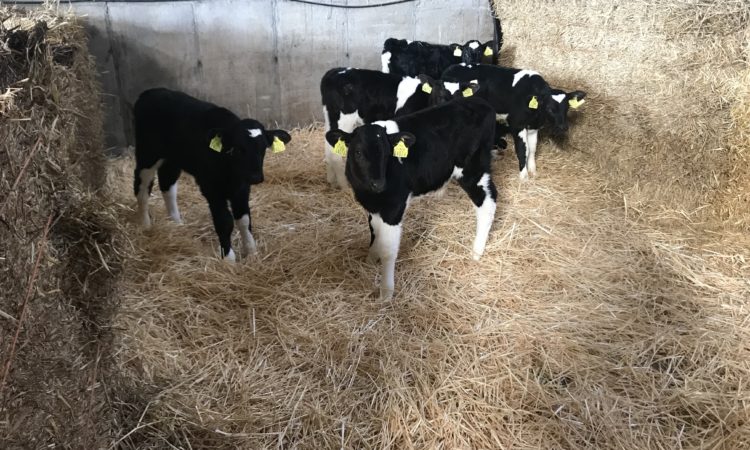On the list of priorities for farms rearing calves this spring, one of the key management tips is to keep the calf as healthy as possible through their young stage. This will aid the maximising of both their weight gain performance and growth.
On the third episode of ‘The Calf Show’ series – Susanne Naughton from MSD spoke about the importance of having a vaccination programme this spring and the best practice that farmers can follow when it comes to administering these vaccines.
Obviously, farmers should note that administering vaccines does not override the need to maintain good hygiene practices within housing.
What should you be vaccinating against?
In a brief video before the discussion began, Suzanne mentioned some of the main diseases and infections that calves should be vaccinated against. She explained:
Vaccination is so important, as it will boost a calf’s immune system against the various bacteria or viruses that can cause respiratory diseases within the environment.
“One vaccine in particular, Bovipast RSP, is specifically licensed to reduce infection associated with Mannheimia haemolytica or pasturellosis, the PI3 [Parainfluenza3] and the BRSV [Bovine Respiratory Syncytial Virus] viruses as well.
“IBR is another extremely common virus in herds and can effect young stock as well and they can be vaccinated for.
“Another important one is coverage against the clostridial diseases which can be a very common cause of sudden death.
“Of course treatment and prevention of these nasty diseases would be best advised by your local veterinary practitioner.”
Administering the vaccine
Making a plan for these vaccines is one step in the process, but carrying the administration is the next challenge. Suzanne goes through some of the tips that she provides to farmers when it comes to this stage.
She stated:
“Ideally we would recommend about 24 hours after the animals arrive, let them settle and then go in with your vaccine.
With regard to administering, start as you mean to go on. Start off with a clean needle and have your vaccine store in a fridge as that is very important prior to use.
“When you open the vaccine, use it within a few hours – most vaccines only last a couple of hours once they are opened.
“Follow the directions on the data sheet that will come with the vaccine, so you will know how much you need to give in each dose and where it has to be administered.
“I’d recommend doing it on a dry day, when the animals’ coats are dry. If you do it when their coats are wet, you are increasing the likelihood of dirt getting into the infection site and potential lumps or bumps developing which you don’t want.”
Vaccinating calf by calf as they arrive or as a group?
Speaking about whether to vaccinate calves on a calf-by-calf basis or as part of a group, Suzanne added:
“I will always recommend vaccinating calves as a group, usually the vaccines such as Bovipast comes with 10 doses per bottle. So it’s better when you open a vaccine that you can use it on a batch of calves that is there and ready to go.
Also, by vaccinating in batches you are getting a level playing field of immunity. They are all starting from the same page and they are getting a uniform level of immunity.
“It can be just easier for a farmer to manage, especially when it comes to applying a booster vaccine if necessary within a group.”
To view episode three of ‘The Calf Show’ series, click on the link below.


